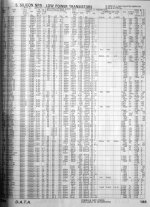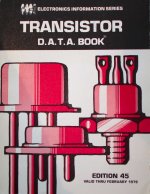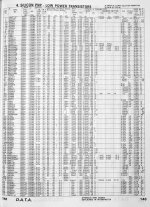1.2-1.2R CCS anyone?
Yes (as 1.2-1.2R CCS), it takes the shunt output as a reference for the ccs.
This one take the shunt output as a reference for the voltage source, that is used to feed the ccs.
Last edited:
1.2-1.2R CCS anyone?
Why did you think I loved the idea.... I already know the benefits of such an arrangement
The 450 to 490 group lies within 10%. That is a very low spread. Much easier then matching J-Fets. I would also measure the BC327. I think that is what you will do too.
I would use the ones with the highest Hfe that match NPN-PNP for the input transistors.
That way we get a slightly higher input impedance and less Dc current into the cartridge.
That could be the 510 - 530 group. The middle ground from 450 - 490 can then be equally distributed in the current mirror and the house keeping.
Nice statistics program that you have !
I would use the ones with the highest Hfe that match NPN-PNP for the input transistors.
That way we get a slightly higher input impedance and less Dc current into the cartridge.
That could be the 510 - 530 group. The middle ground from 450 - 490 can then be equally distributed in the current mirror and the house keeping.
Nice statistics program that you have !
Here is a nice collection with circuits where you can use BC327-337 that did not match :101 - 200 Transistor Circuits
Here is some more basic information :Beginners Guide
Sorry, it´s VERY basic so please do not feel insulted.
Sorry, it´s VERY basic so please do not feel insulted.
Does anybody know when the BC327/337 have being introduced ? They seem be to around for a long time. The only reliable information i found is that they are recommended over the BC550/560 at higher collector current, say 100mA, where the BC550/560 are not so good any more. The only mentioning of their low noise capability was in a paper by Janacec.
I hope that i spelled his name right.
I hope that i spelled his name right.
Actually his name is Janasek.
http://www.janascard.cz/PDF/Ultra low noise amplifiers.pdf
http://www.janascard.cz/PDF/Ultra low noise amplifiers.pdf
Strange then is that the BC550/560 are always anywhere preferred for low noise audio although the BC327/337 has lower Rbb´( 30 Ohm instead of 140 Ohm ) , is more complimentary, has a rather flat Hfe curve ( the -40 model can compete with BC550C, 560C in terms of high Hfe also) and has an extremely high early voltage. A little high Cob though, i found values between 8pF ( Diotec ) and 12pF ( Siemens ). But fear not, the Paradise is super fast due to the way we use it.
Thanks for that information Ricardo :Six Sigma Green Belt | Minitab
Very interesting. No time go to deeper into that tormented space though.
Very interesting. No time go to deeper into that tormented space though.
Sony contacted Seas a long time ago. If they can make tweeters where only one in a million falls out of spec. They geared up tremendous, spend incredible amounts of money ( for such a small company ) but ultimately they failed. That nearly killed them but know they had a very good quality control system and i gained from it a lot. I just had to spec for example plus-minus 1dB from the reference, and here we go.... No selecting of tweeters any more at Audio Physic.
when the BC327/337 have being introduced
BC types came on the market around 1970, my oldest databook with 327/37 is from 1975, so '70<=>'75
(me radio&experimental electronic kit-git as from 1975)
Does anybody know when the BC327/337 have being introduced ? They seem be to around for a long time. The only reliable information i found is that they are recommended over the BC550/560 at higher collector current, say 100mA, where the BC550/560 are not so good any more. The only mentioning of their low noise capability was in a paper by Janacec.
I hope that i spelled his name right.
If you like it or not, here is what I have on the BC327/337. The information is from 1979.
Manufacturers listed are CEN, ELMA, ITT, MULB, NASB, NSC, PHIC, PHIN, RTCF, SIEG, TIID, VALG, NECJ, MOTA, MEHK, NSC, ALGG, FREB and RTCF.
I would say a quite popular little bugger at that time.
Page 188(left) line 40, Page 146(right) line 9
Attachments
Last edited:
Thanks, so we got more stupid in the meantime...
This could really be the summing cite of the past couple decades, at least for discrete semis...
I think first time I laid my hands on bc337/327 was in late 80's, when I had my first adventures with complementary output amps using "legendary" (in the pejorative sense, because there was almost nothing complement about them) russian KT805/837, as nothing better was available at that time on this side of the wall. BC's for VAS made results some how less disappointing so I used them since, despite all the preference for 560/550 by majority of designs.
Btw, happy coming new year guys
 It's been pleasure to read and post here !
It's been pleasure to read and post here !

